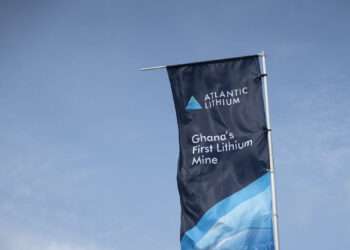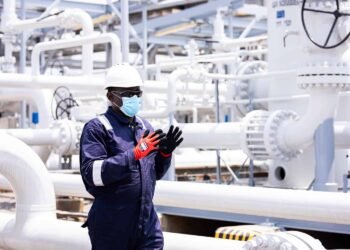The world is racing against time to reduce global greenhouse gas emissions and limit global warming to 1.5 °C by 2050. For this to happen, the International Energy Agency (IEA) has called for massive deployment of all available clean and efficient energy technologies.
In a report released today, May 18, 2021, the IEA described the goal as viable, however, chances remain narrow. Thus, it will require an unprecedented transformation of how energy is produced and used globally. The report, therefore, provides a roadmap describing how to achieve net-zero more rapidly.
Various governments have made climate pledges to date, even if fully achieved, would fall too short of what is required to bring global energy-related carbon dioxide (CO2) emissions to net zero, the report revealed. Adding that, this may otherwise give the world an even chance of reducing the global temperature rise to 1.5 °C.
Faith Birol, IEA Executive Director remarked that:
“Our Roadmap shows the priority actions that are needed today to ensure the opportunity of net-zero emissions by 2050 – narrow but still achievable – is not lost. The scale and speed of the efforts demanded by this critical and formidable goal – our best chance of tackling climate change and limiting global warming to 1.5 °C – make this perhaps the greatest challenge humankind has ever faced.
“The IEA’s pathway to this brighter future brings a historic surge in clean energy investment that creates millions of new jobs and lifts global economic growth. Moving the world onto that pathway requires strong and credible policy actions from governments, underpinned by much greater international cooperation.”
Faith Birol, IEA Executive Director
Guide to reaching Net Zero by 2050
Using the IEA’s energy modelling tools, the Roadmap sets out more than 400 milestones to guide the global journey to net zero by 2050.
Among the important actions spelt out in the Roadmap include no investment in new fossil fuel supply projects, and no further final investment decisions for new unabated coal plants. Ensuring that by 2035, there are no sales of new internal combustion engine passenger cars, and by 2040, the global electricity sector has already reached net-zero emissions.
Moreover, the pathway requires annual additions of Solar PV to reach 630 gigawatts by 2030, and those of wind power to reach 390 gigawatts. These combined make four times the record level set in 2020. Solar PV is equivalent to installing the world’s current largest solar park roughly every day.
Consequently, a major global push to ensure energy efficiency is at the heart of these efforts. This will result in a global rate of energy efficiency improvements averaging 4% a year through 2030. This is about three times the average over the last two decades.
Faith Birol noted that, “the clean energy transition is for and about people. Our Roadmap shows that the enormous challenge of rapidly transitioning to a net zero energy system is also a huge opportunity for our economies. The transition must be fair and inclusive, leaving nobody behind.
“We have to ensure that developing economies receive the financing and technological know-how they need to build out their energy systems to meet the needs of their expanding populations and economies in a sustainable way.”
READ ALSO: Advocate against activities on waterbodies- Sanitation minister to media























